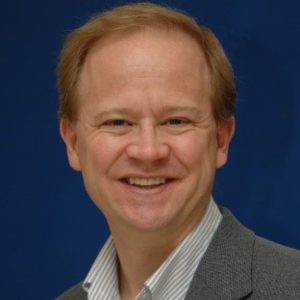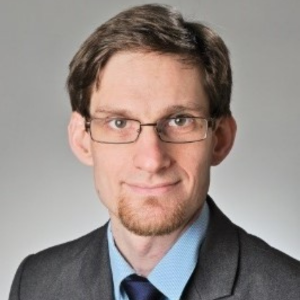Plenary Lecture:

David J. Larson, PhD
Director of Marketing and Product Management for CAMECA Instruments Inc
30 Years of Atom Probe Tomography
Dr. David J. Larson is currently Director of Marketing and Product Management for CAMECA Instruments Inc.. He received his PhD. degree in Materials Science from the University of Wisconsin – Madison. He has previously held permanent or adjunct positions at Seagate Technology, Oak Ridge National Laboratory, the University of Oxford, the University of Alabama, the University of Wisconsin, and the University of Sydney. He is a Fellow of the Microscopy Society of America, an Editor of Microscopy & Microanalysis, and was President of the International Field Emission Society from 2014-2021. He has approximately 300 publications, holds eight patents, and may be reached at david.larson@ametek.com.
J.H. Block Lecture:

Christoph Freysoldt, PhD
Group Leader, Max-Planck-Institut für Eisenforschung, Düssseldorf, Germany
Pushing the limits of APT and FIM by pushing theoretical approaches
Christoph Freysoldt studied Chemistry at Leipzig university from 1997-2002, with a one-year break at Uppsala University in 2000-2001. He then moved to the Fritz Haber Institute of the Max Planck Society to pursue his PhD in Physics, which he received from the Free University Berlin in 2007. In the same year, he started at Max-Planck Institut für Eisenforschung (MPIE) in the Computational Materials Design Department to work on point defect simulations, which would become one of his major research areas. At MPIE, he was assigned scientific group leader in 2007 and head of the department IT group in 2012. In 2009, he also became responsible for the development of the department’s own code for density functional theory (DFT) calculations, named SPHInX.
Christoph Freysoldt’s research focuses on computing properties of point defects in semiconductors and insulators using DFT, method development in the context of ab initio electronic structure theory, the study of electrified surfaces at the atomic scale, and the use of machine learning algorithms for exploring data-rich experiments such as APT and STEM. In 2010, he received the Volker-Heine Young Investigator award for proposing a reliable correction scheme for artificial Coulomb interactions in charged-defect supercell calculations, which quickly became state of the art in the field.